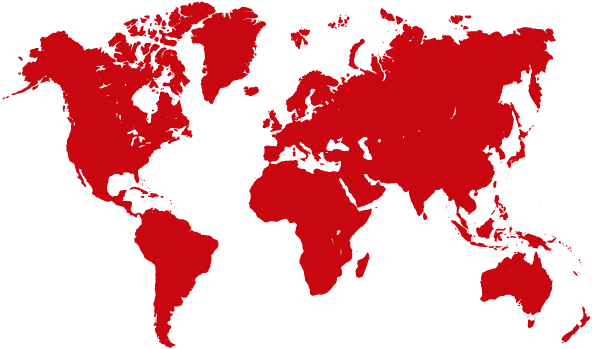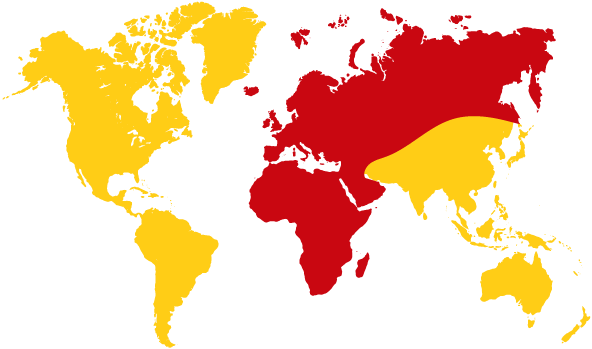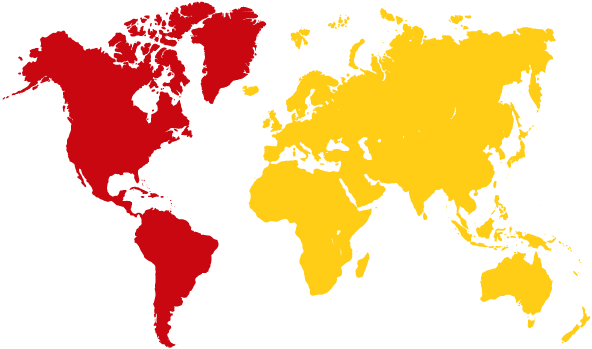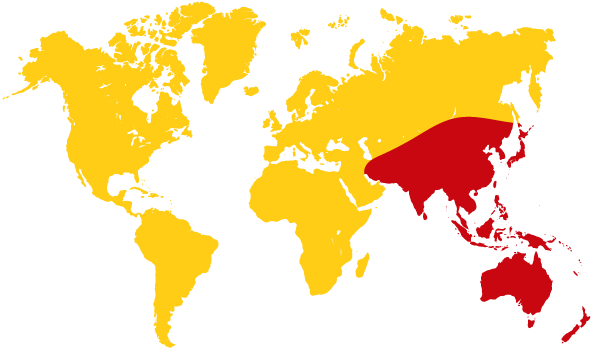Global Simulated Emergency Test – November 2008
IARU Region 1 invites the HQ-Stations of all IARU member societies and stations of Emergency Communications Groups to participate in a Global Simulated Emergency Test on Saturday November 8th, 2008 04.00 – 08.00 UTC.
The operation will take place on and near the emergency Centre-of-Activity (CoA) frequencies on 80, 40, 20, 17 and 15 metres (+-QRM).
The objectives of the test are:
1/ increase the common interest in emergency communications.
2/ test how usable the CoA frequencies are across ITU regions.
3/ create practices for international emergency communication and
4/ practice the relaying of messages using all modes.
Please remember that this is not a contest, it is an emergency communications exercise!
Following the recommendation of the GAREC conferences, participating stations are requested to use /D in their callsign (D=distress/disaster) where permitted by their licensing administration.
Traffic may be passed on voice (SSB), Data or CW modes. Each IARU Region will have a HQ station operating on voice. HQ stations will be QRV simultaneously on all CoA frequencies appropriate to their region +- QRM.
To practice relaying messages, each participating station is allowed to send six (6) messages: three during the first two hours and three more during the last two hours of the test.
After sending their own messages, participating stations should start to relay messages of other stations, when a message has been relayed twice it should then be sent to the HQ station of their own region. It is very useful if messages ‘jump” between countries and/or Regions.
Participating stations should call ‘CQ GLOBALSET’ giving their callsign and organisation — (ARES, RAYNET, AREN, NETMAR etc. ).
Each participating station will send up to six messages to their Regional HQ station.
— The callsign of the sending station
— Message number – 1, 2 or 3 in the first half of the exercise, 4, 5 or 6 in the second half.
— Bands available for use – use the meter band designation NOT frequency.
— Number of operators at the station
— Emergency power available – 1=None, 2=Battery, 3=Generator (of any
kind), 4= Battery and Generator.
— Emergency Communications Group or National Society
— As messages are relayed, add via… via… to show the callsigns of stations which have relayed this message.
A one-character prefix will be used before each part of the message in order to make it easier to decode.
Where: — M(ike) = Message number — B(ravo) = Band available — O(scar) = Operators — P(apa) = Power available
When a station other than an HQ station receives a message, it should relay the message towards the destination in whatever way it can.
Conclusion: Please send your logs with comments, pictures and suggestions for future exercises to; globalset08@raynet-hf.net as soon as possible after the SET. A brief report of the event is required for the IARU Region 1 conference in Cavtat on 16th November but the full report is hoped to be available in December 2008.
To be fair to all regions we use three different time slots for the exercise, the next exercise will be on May 2nd 2009 at 11.00 ‑15.00 UTC with the event in November 2009 being at 18.00 – 22.00 UTC.
Thanks for your support of emergency communications.
— Greg Mossop G0DUB, GlobalSET Organiser.



